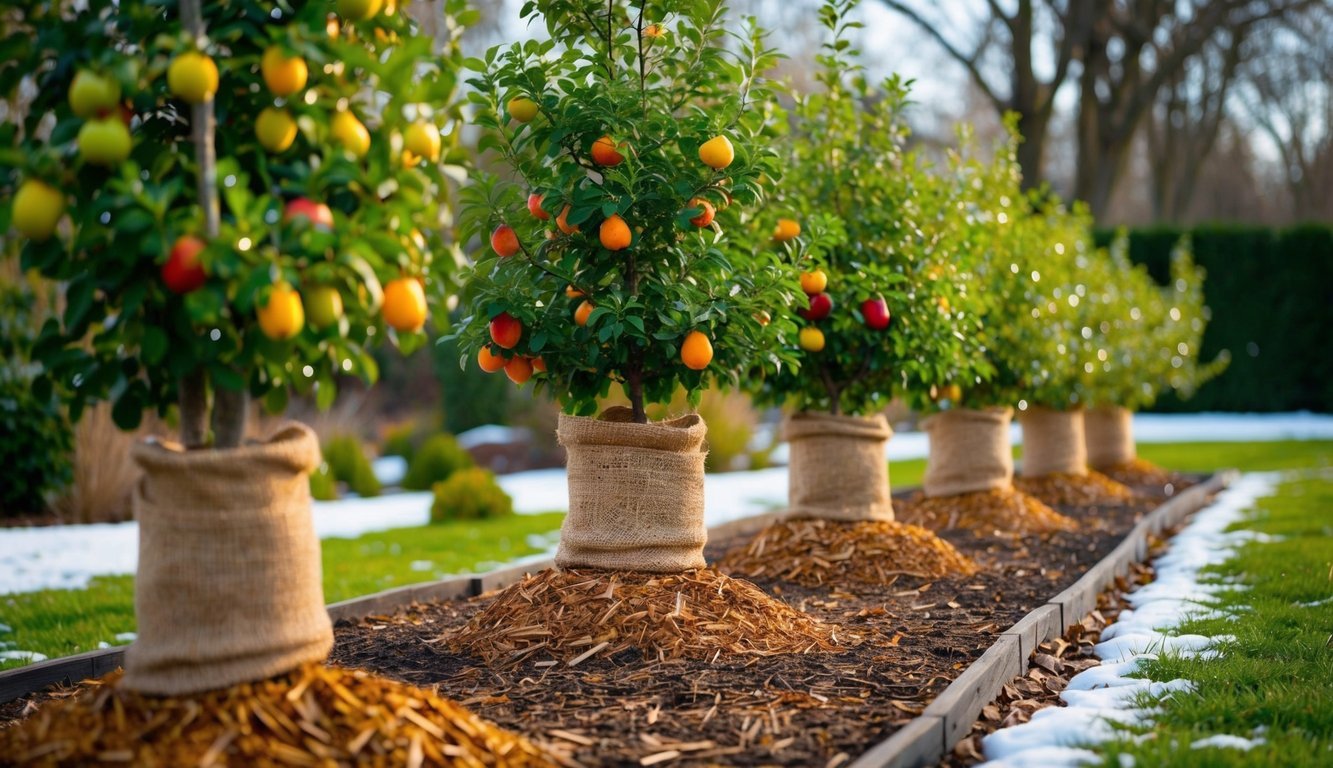
As temperatures are set to drop, preparing your fruit trees for those chilly nights becomes a top priority.
North Florida gardener Melissa Strauss offers practical advice on how to ensure your trees remain healthy and resilient in the face of winter.
Even in the southern regions, where cold spells are infrequent, it’s important to stay informed about winter weather forecasts.
While many gardeners choose plants based on their hardiness zones, some varieties can even flourish at the edges of their climatic limits.
This can lead to an extended harvest season and a wider variety of crops.
However, a significant drop in temperature can challenge the well-being of those plants not fully acclimated to such conditions.
Fruit trees, in particular, are vulnerable when the mercury falls below their optimal thresholds.
Focus on Young Trees First
Young fruit trees need your immediate attention during cold weather.
If you’re pressed for time or resources, prioritize these young plants because they are less resilient to freezing temperatures than their older counterparts.
Their smaller size also makes them easier to manage.
The root systems of young trees are especially delicate during chilly spells.
Thankfully, soil usually retains more warmth than the air.
However, newly planted trees can harbor air pockets around their roots, leaving them exposed to the cold.
While branch damage may occur, protecting the roots is vital for the tree’s survival.
Watering Is Vital
Dry soil can exacerbate the risk of chilling damage, so ensure your trees are adequately watered before a significant temperature drop.
Moist soil retains warmth much better than dry soil, providing vital insulation for the roots.
Water your trees deeply on warmer days when the temperature hits at least 40°F (4°C).
Maintain a consistent watering schedule throughout winter, particularly during extended dry periods.
Aim to water every couple of weeks, allowing moisture to reach the outer edges of the root system.
Post-Cold Care
After a cold spell has passed, it’s time to assess your trees’ condition.
Give them a thorough watering to help them recover from the cold stress.
Over the following days, keep an eye on your trees to identify any damage.
Citrus varieties, in particular, may drop leaves following exposure to low temperatures.
Once the threat of frost has subsided and growth resumes, consider applying a balanced fertilizer to replenish any lost nutrients and support your trees as they prepare for the growing season.
This is also a perfect time to prune away any dead or damaged branches.
By implementing these strategies, you can better safeguard your fruit trees from the winter chill and promote their recovery as spring approaches.
Source: Epicgardening

